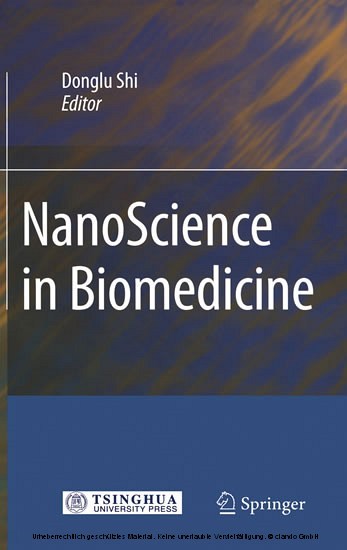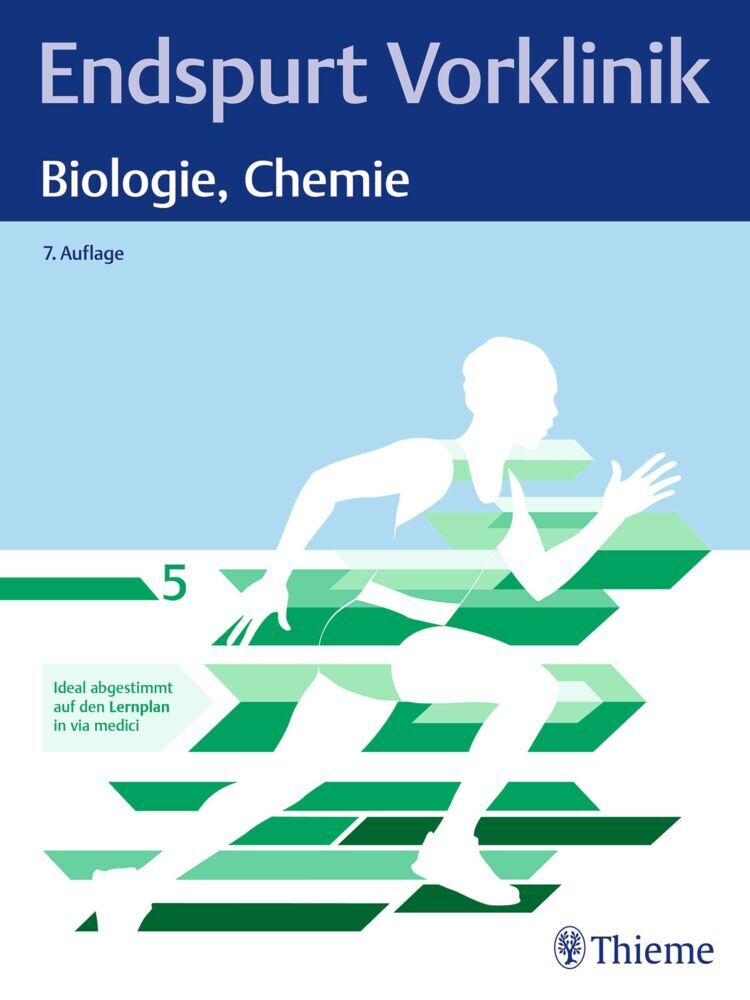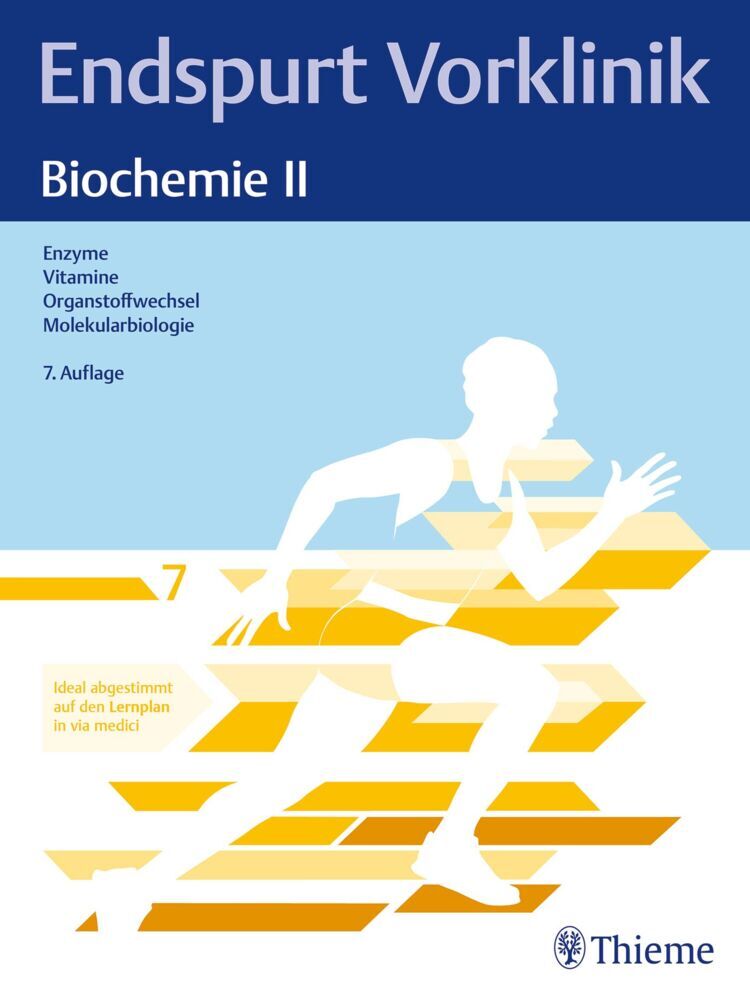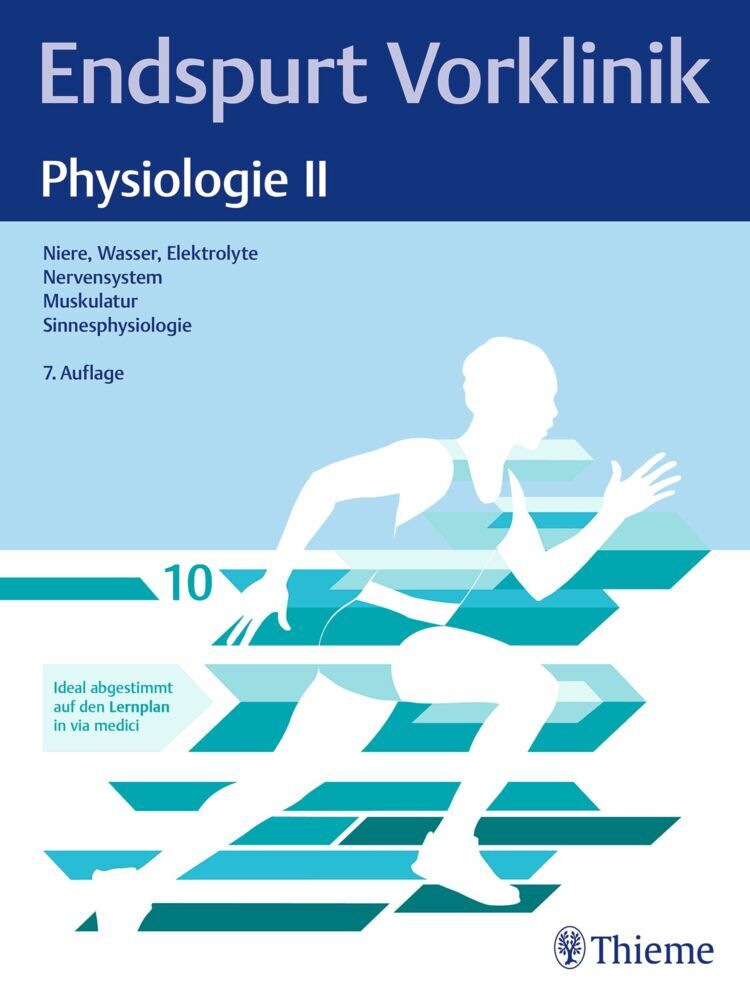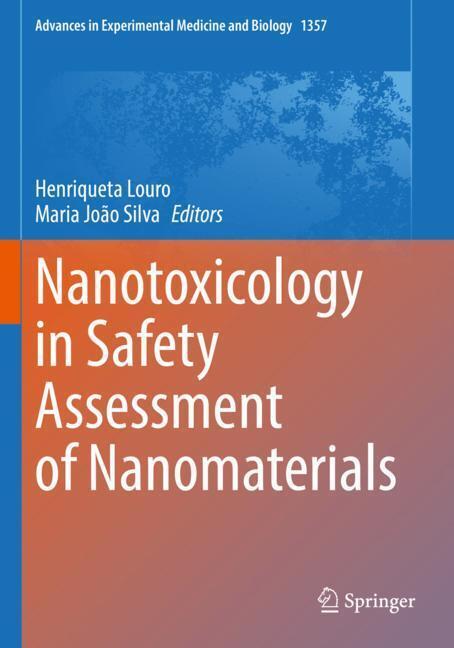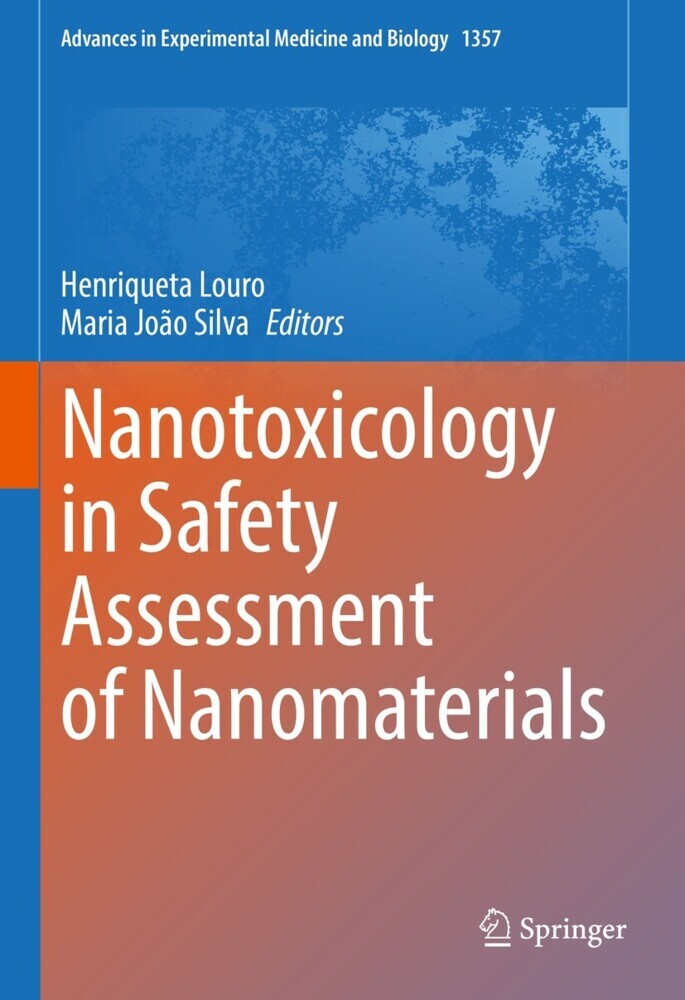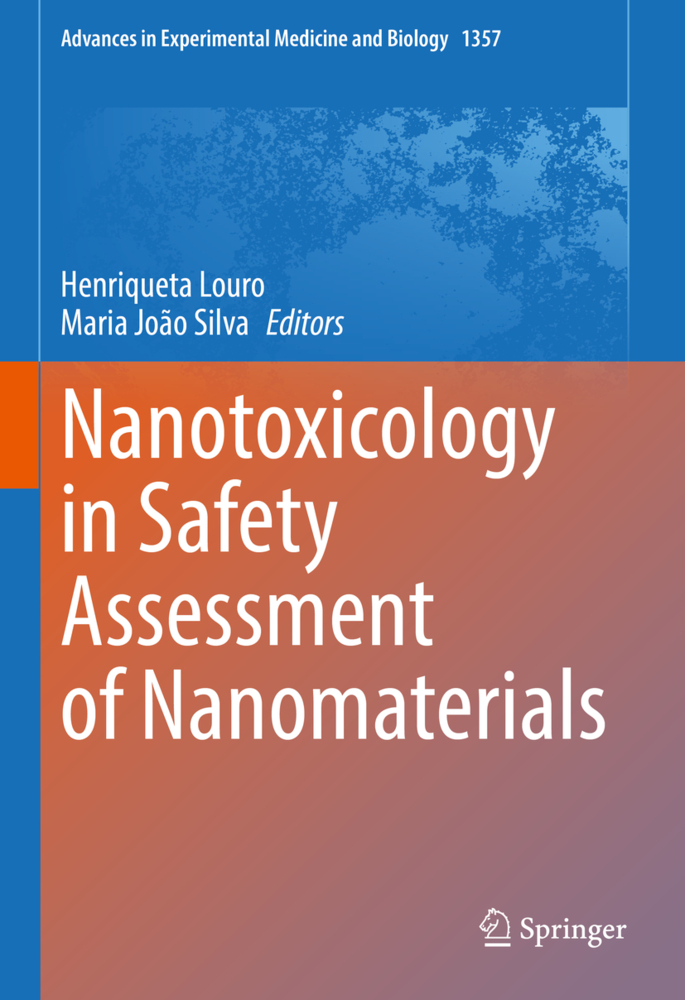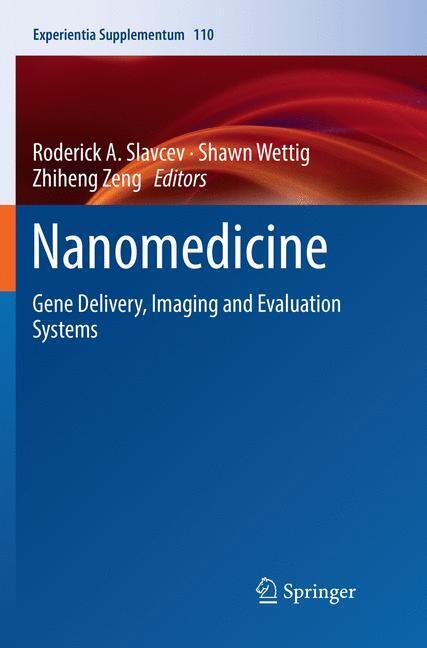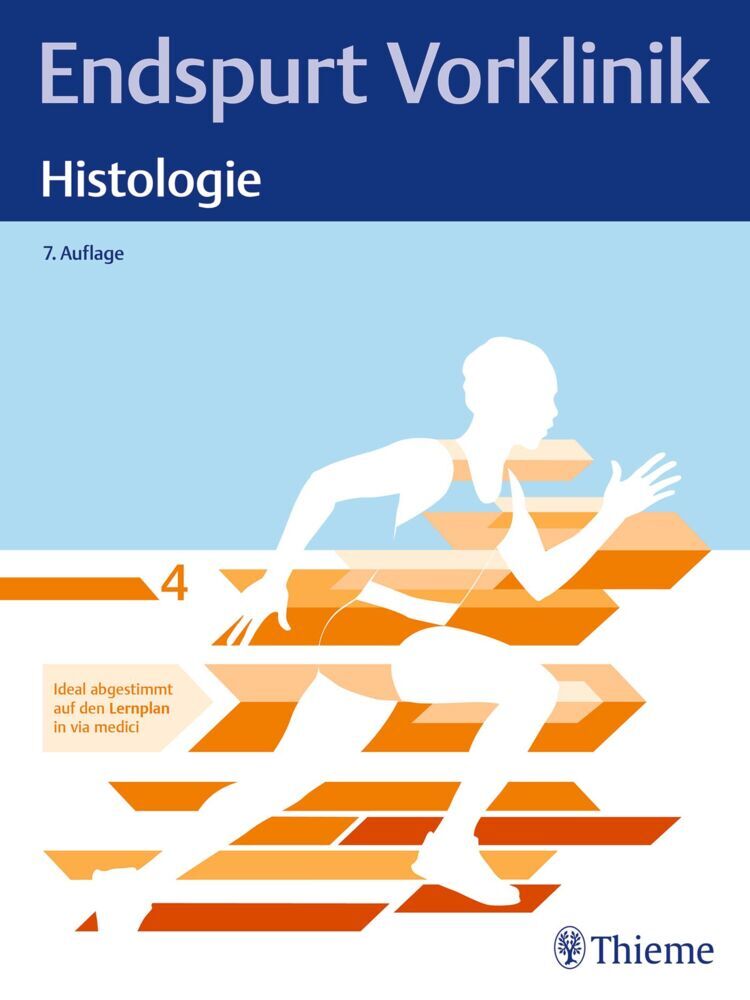NanoScience in Biomedicine provides up-to-date information in the frontier fields of nano biomedicine focusing on basic concepts and recent developments in many topical areas including particular nanomaterials synthesis, field emission of carbon nanotubes, flexible dye-sensitized nano-porous films, magnetic nanofluids, and intrinsically electroconducting nanoparticles. Novel methods of synthesizing nanoscale biomaterials and their applications in biomedicine are also included such as nano-sized materials for drug delivery, bioactive molecules for regenerative medicine, nanoscale mechanisms for assembly of biomaterials, and nanostructured materials constructed from polypeptides. This book is organized in three parts: Part I introduces most recent developments in all aspects of design, synthesis, properties, and applications of nanoscale biomaterials. Part II focuses on novel nanotechnologies in biomedicine. Part III includes some of the new developments of nanomaterials' synthesis and recent studies on nanostructure-properties relationships. The book comprehensively addresses the most critical issues in a tutorial manner so that technical non-specialists and students in both biomedical sciences and engineering will be able to benefit. All chapters are contributed by internationally recognized scholars.
Dr. Donglu Shi is a professor at the Chemical and Materials Engineering Department, University of Cincinnati, USA.
1;Preface;52;Table of Contents;83;1 Stem Cells and Nanostructured Materials;203.1;1.1 Introduction;203.2;1.2 Interaction of Stem Cells with Nanotopographic Substrates;223.2.1;1.2.1 Cell Shape and the Cytoskeleton;233.2.2;1.2.2 Morphology, Attachment and Proliferation;243.2.2.1;1.2.2.1 Nanosurfaces;243.2.2.2;1.2.2.2 Nanofibers;253.2.3;1.2.3 Differentiation;253.2.3.1;1.2.3.1 Nanosurfaces;253.2.3.2;1.2.3.2 Nanofibers;263.2.4;1.2.4 Self-Assembling Peptide Nanofibers;273.2.5;1.2.5 Summary;273.3;1.3 Stem Cell Interactions with Nanoparticles;283.3.1;1.3.1 Nanoparticles as Contrast Agents;293.3.1.1;1.3.1.1 Super Paramagnetic Nanoparticles;293.3.1.2;1.3.1.2 Quantum Dots;293.3.1.3;1.3.1.3 Nanoshells;293.3.2;1.3.2 Nanoparticles as Vehicles;293.3.2.1;1.3.2.1 Silica Nanoparticles;293.3.2.2;1.3.2.2 Polymer Nanoparticles;303.3.3;1.3.3 Effect of Internalized Nanoparticles;303.3.3.1;1.3.3.1 Toxicity;303.3.3.2;1.3.3.2 Differentiation;313.3.3.3;1.3.3.3 Cell Internalization of Nanoparticles and Cell Tracking;313.3.3.3.1;1. Ex Vivo Stem Cell Tracking;323.3.3.3.2;2. In Vivo Stem Cell Tracking;323.3.3.3.3;3. Removal and Digestion of Nanoparticle in In Vivo Tracking;343.3.3.3.4;4. Possible Problems facing In Vivo MR Tracking;343.3.3.4;1.3.3.4 Gene Therepy;353.3.3.5;1.3.3.5 Cancer Therepy;353.3.4;1.3.4 Summary;363.4;1.4 Conclusions;363.5;Acknowledgements;373.6;References;374;2 Biomedical Polymer Nanofibers for Emerging Technology;404.1;2.1 Introduction;404.2;2.2 Electrospinning Technology-History, Principle, Parameter;424.3;2.3 Functionalization of Nanofibers;444.3.1;2.3.1 Bulk Modification;444.3.2;2.3.2 Surface Modification;464.4;2.4 Biomedical Applications;484.4.1;2.4.1 Tissue-Engineered Scaffolds;484.4.1.1;2.4.1.1 Skin;484.4.1.2;2.4.1.2 Cartilage;494.4.1.3;2.4.1.3 Bone;514.4.1.4;2.4.1.4 Blood Vessel;524.4.2;2.4.2 Wound Dressing;544.4.3;2.4.3 Biomedical Devices and Implants;554.4.4;2.4.4 Drug Delivery System;564.4.5;2.4.5 Other Applications;574.5;2.5 Concluding Remark;584.6;Acknowledgement;584.7;References;595;3 Nanoscale Mechanisms for Assembly of Biomaterials;625.1;3.1 Introduction;625.2;3.2 Non-Covalent Intermolecular Interaction;645.2.1;3.2.1 Electrostatic Interaction;655.2.1.1;3.2.1.1 Ion-Ion Interaction;665.2.1.2;3.2.1.2 Ion-Dipole Interaction;665.2.1.3;3.2.1.3 Ion-Induced Dipole Interaction;675.2.1.4;3.2.1.4 Dipole-Dipole Interaction;675.2.1.5;3.2.1.5 Dipole-Induced Dipole Interaction;685.2.1.6;3.2.1.6 Induced Dipole-Induced Dipole Interaction;685.2.2;3.2.2 Hydrogen Bonding;695.2.3;3.2.3 Hydrophobic Interactions;695.2.4;3.2.4 Non-Covalent Interactions in Biological Systems;705.2.5;3.2.5 Summary;715.3;3.3 Approaches for Bioinspired Nanoscale Assembly of Biomaterials;715.3.1;3.3.1 Supramolecular Assembly Based Primarily on Ion-Ion Interactions;725.3.2;3.3.2 Assembly of Amphiphilic Biomaterials;745.3.3;3.3.3 Biomimetic Supramolecular Assembly Based on Hydrogen Bonding;765.3.4;3.3.4 Biomimetic Assembly Based on Affinity-Based Interactions;775.3.5;3.3.5 Summary;785.4;3.4 Development of Biomaterials That Mimic The Natural ECM;785.4.1;3.4.1 Introduction;785.4.2;3.4.2 Non-Covalent Interactions in Natural Extracellular Matrices;795.4.3;3.4.3 Biomaterials That Mimic ECM Structures and Properties;805.4.3.1;3.4.3.1 Non-Covalent Assembly of Structural 3-D Hydrogel Matrices for Cell Culture;815.4.3.2;3.4.3.2 Substrates and Scaffolds That Interact Specifically and Non-Covalently with Cells;825.4.3.3;3.4.3.3 Dynamic Matrices That Dissemble in Response to Cell Activity;845.4.3.4;3.4.3.4 Matrices That Interact with Growth Factors via Non-Covalent Interactions;855.4.3.4.1;1. Heparin-based sequestering;855.4.3.4.2;2. Gelatin-based sequestering;875.4.3.4.3;3. Specific sequestering interactions for growth factor delivery;875.5;3.5 Concluding remarks;895.6;Acknowledgements;905.7;References;906;4 Fabrication and Assembly of Nanomaterials and Nanostructures for Biological Detecti
Shi, Donglu
| ISBN | 9783540496618 |
|---|---|
| Artikelnummer | 9783540496618 |
| Medientyp | E-Book - PDF |
| Auflage | 2. Aufl. |
| Copyrightjahr | 2010 |
| Verlag | Springer-Verlag |
| Umfang | 729 Seiten |
| Sprache | Englisch |
| Kopierschutz | Digitales Wasserzeichen |

